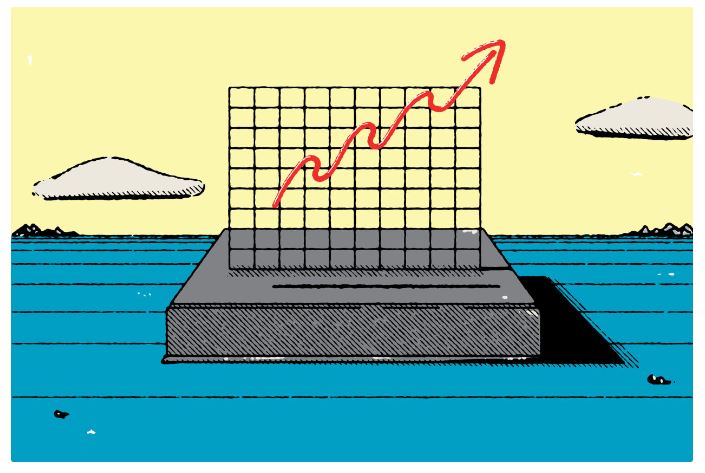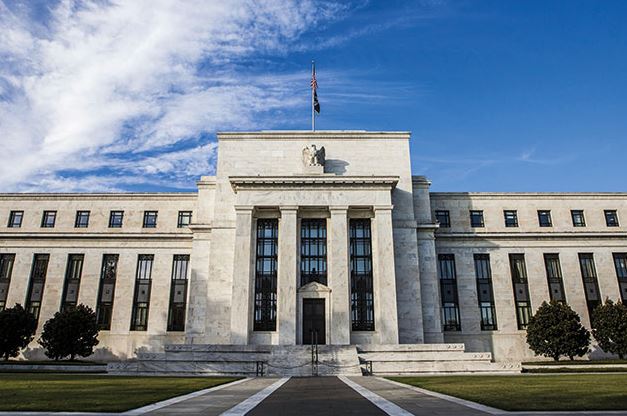It’s G-20 Week (Trump/XI Meeting Friday)
What’s in Today’s Report:
- Weekly Market Preview: G-20 Looms But There Are Important Events Before That This Week
- Weekly Economic Cheat Sheet: All About Inflation (It Needs to Stay Low)
Futures are modestly higher following a generally quiet weekend as markets look ahead to the Trump/Xi meeting at the G-20 later this week.
News from the weekend focused on geo-political tensions between the U.S. and Iran but for now that situation isn’t impacting markets outside of oil (which is higher again).
The only notable economic report was German Ifo Business Expectations and it slightly missed estimates (94.2 vs. (E) 94.6).
There are no economic reports today nor are there any Fed speakers, so markets will be driven by any headlines on U.S./China trade (leaks about the upcoming Trump/Xi meeting) or Iran/U.S. tensions (the U.S. is anticipated to announce major new sanctions against Iran).



